- Home
- slideshows
- miscellaneous
- NASA has developed an experimental fully electric plane with 14 motors on its wings. Take a closer look at the X-57 Maxwell.
NASA has developed an experimental fully electric plane with 14 motors on its wings. Take a closer look at the X-57 Maxwell.
NASA decided to embark on this X-57 Maxwell project as it started seeing an increase in accessibility to light yet "reliable" motors and motor controllers, according to Clarke.

"We [started] to think of using [these technologies] in an interesting way to redesign how an aircraft could behave," Clarke said.
!["We [started] to think of using [these technologies] in an interesting way to redesign how an aircraft could behave," Clarke said.](https://staticbiassets.in/thumb/msid-74997150,width-700,height-525,imgsize-1786524/we-started-to-think-of-using-these-technologies-in-an-interesting-way-to-redesign-how-an-aircraft-could-behave-clarke-said-.jpg)
Furthermore, NASA wanted to figure out how to move an aircraft's propulsion system to a different location while also altering its wing to give the aircraft a fast but efficient cruise speed.
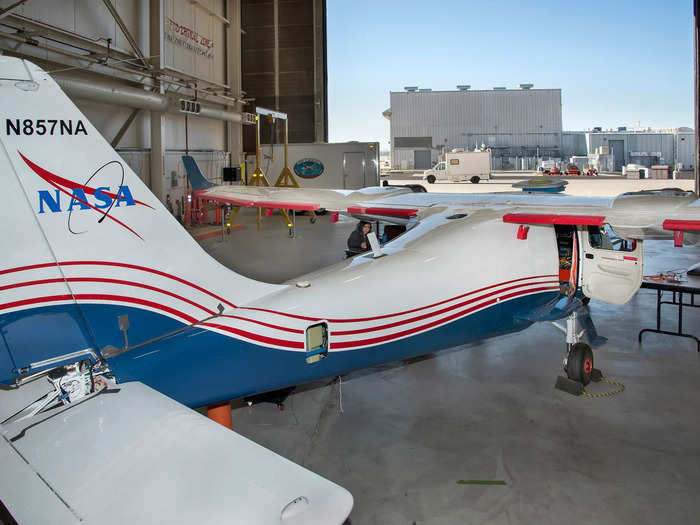
The electric propulsion capabilities were crucial because the X-57 has multiple motors on its wingtips. A fuel-powered engine would have been too heavy, intricate, and unreliable to place on the wings, according to Clarke.
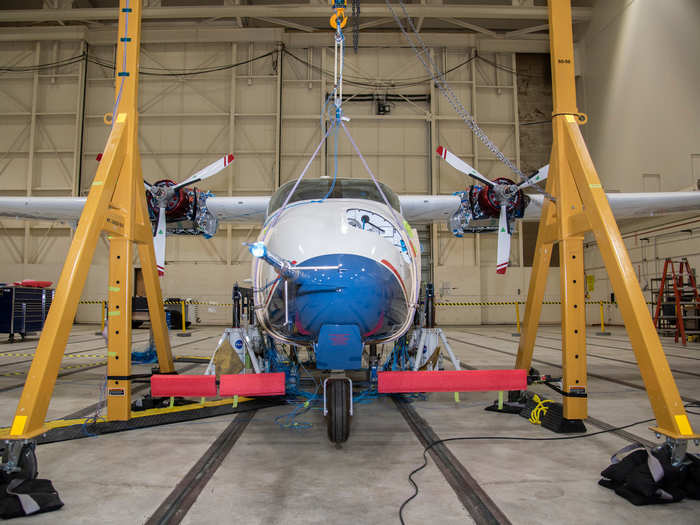
Because the X-57's wings are optimized for "high-performance cruising", it needs help for take-off and landings. This was done by spreading 12 small "high-lift" motors along the wing, giving the X-57 a total of 14 motors: 12 small motors and two larger cruise motors, all on the wingtips.

NASA's theory is that the 12 wingtip motors will also work with the airfoil to give the aircraft lift while reducing its drag. This is done by recovering energy that would otherwise be lost in the vortices that naturally form around the wingtip.
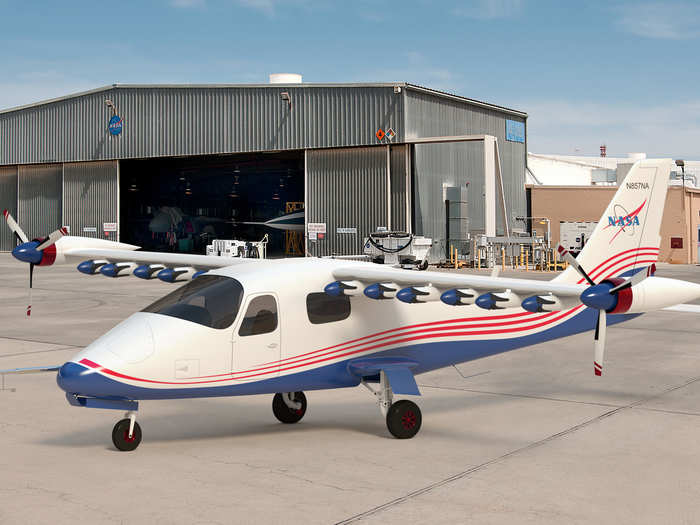
The propellers on the X-57 spin in the opposite direction of the vortices, therefore increasing the aircraft's propeller performance, according to Clarke. In total, the X-57 has a 500% increase in "high-speed cruise efficiency."
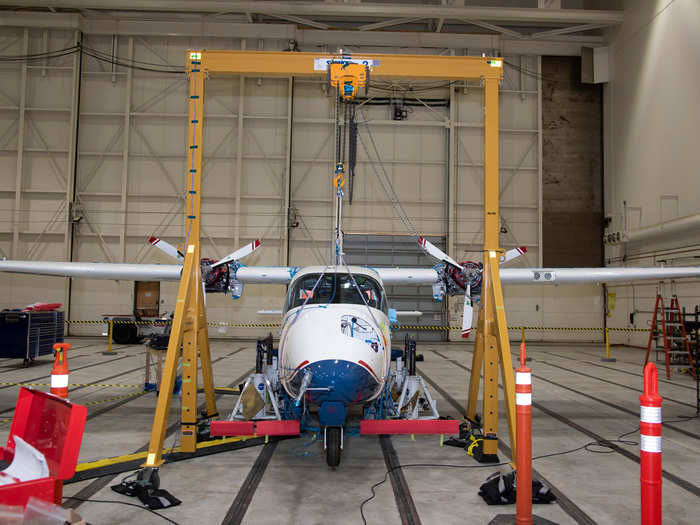
The electric propulsion system — free of any greenhouse gases — will also save an average of $165 annually compared to a combustion engine, according to NASA. It will also decrease the hourly operating cost of energy from 45% to just 9%.
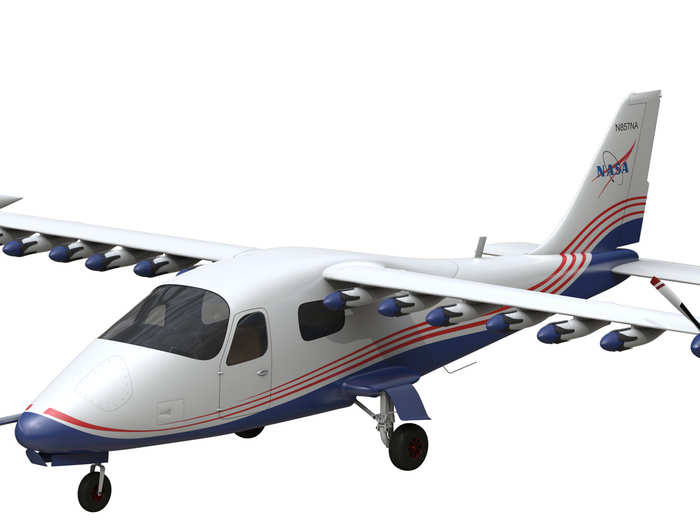
This is all powered with two 400-pound lithium-ion battery packs in the cabin that contain 23-kilowatt hours of power.
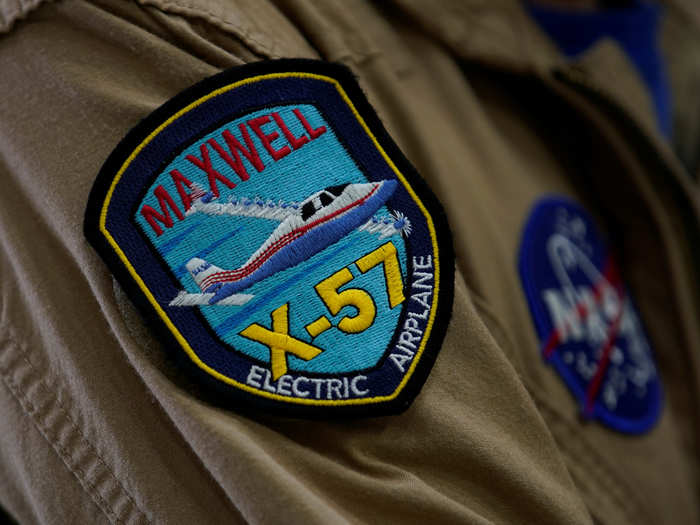
Besides testing new technology, the X-57 allows NASA to test an aircraft with decreased noise and fuel emissions. However, the X-57 will likely only serve as NASA's "technology research platform" because there aren't many commercial uses for a plane that only has one seat while the rest of the cabin is occupied by the instruments and batteries, according to Clarke.
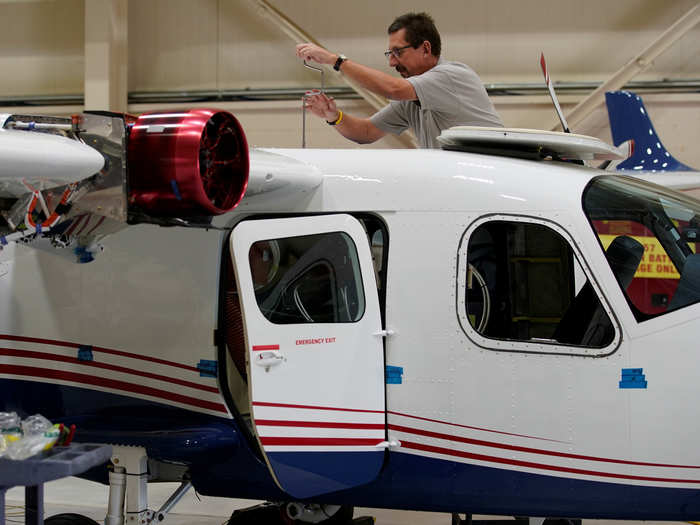
Source: NASA
However, the technology and research that has gone into developing and creating the X-57 can be used by the public, especially in the urban air mobility development industry.
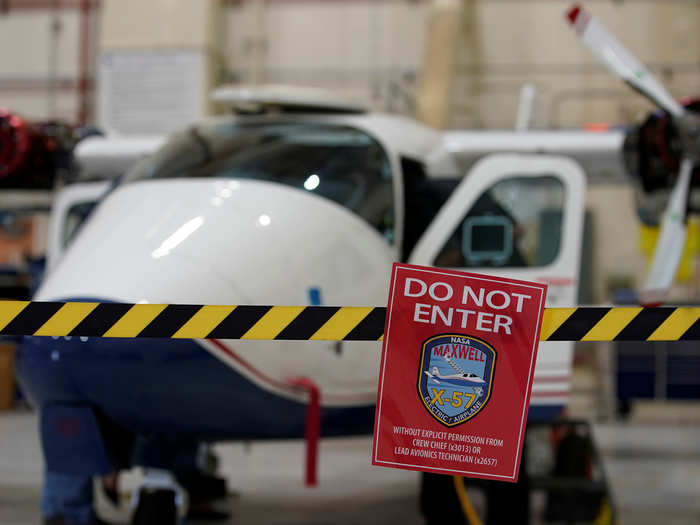
In fact, it's even encouraged: NASA has published its research, procedures, designs, and technology from the X-57 development project online for different industry developers to use.
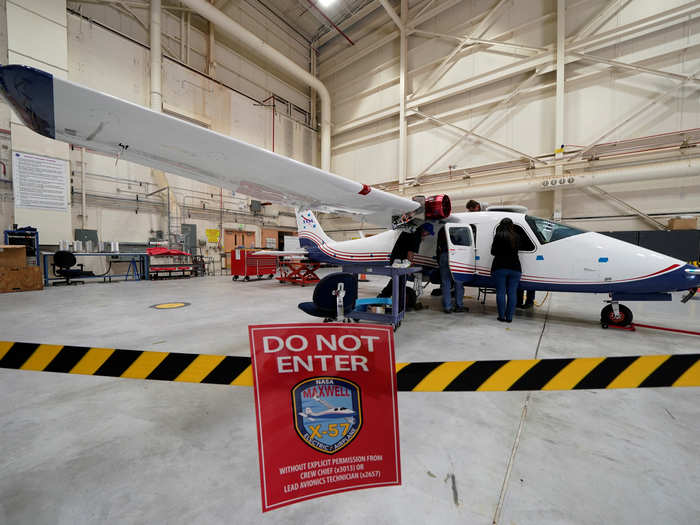
NASA is also using the X-57 as a platform to participate in ASTM International "certification activities" so that the work done on the X-57 can be used to create standards for electric aircraft, according to Clarke.
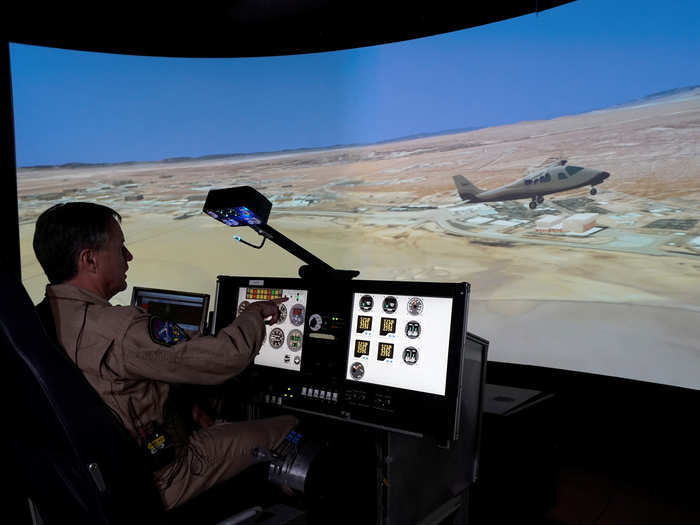
The X-57 is currently at NASA's Armstrong Flight Research Center in Edwards, California and will be taking its first test flight sometime in the future. Clarke also said that NASA is now planning one or two more electric aircraft.
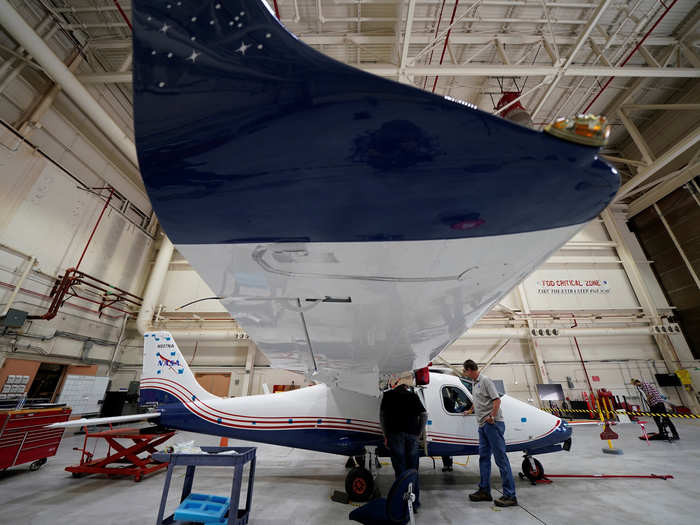
Popular Right Now
Popular Keywords
Advertisement